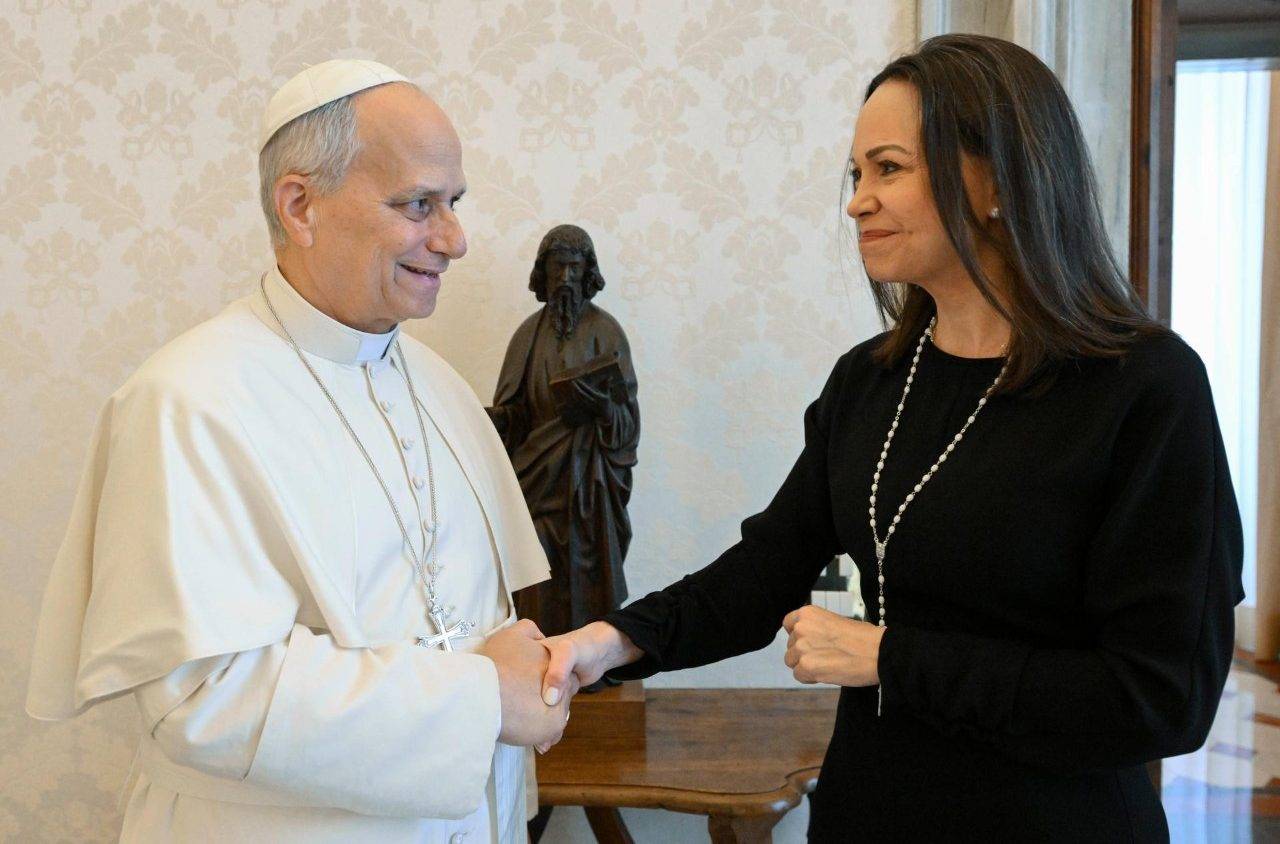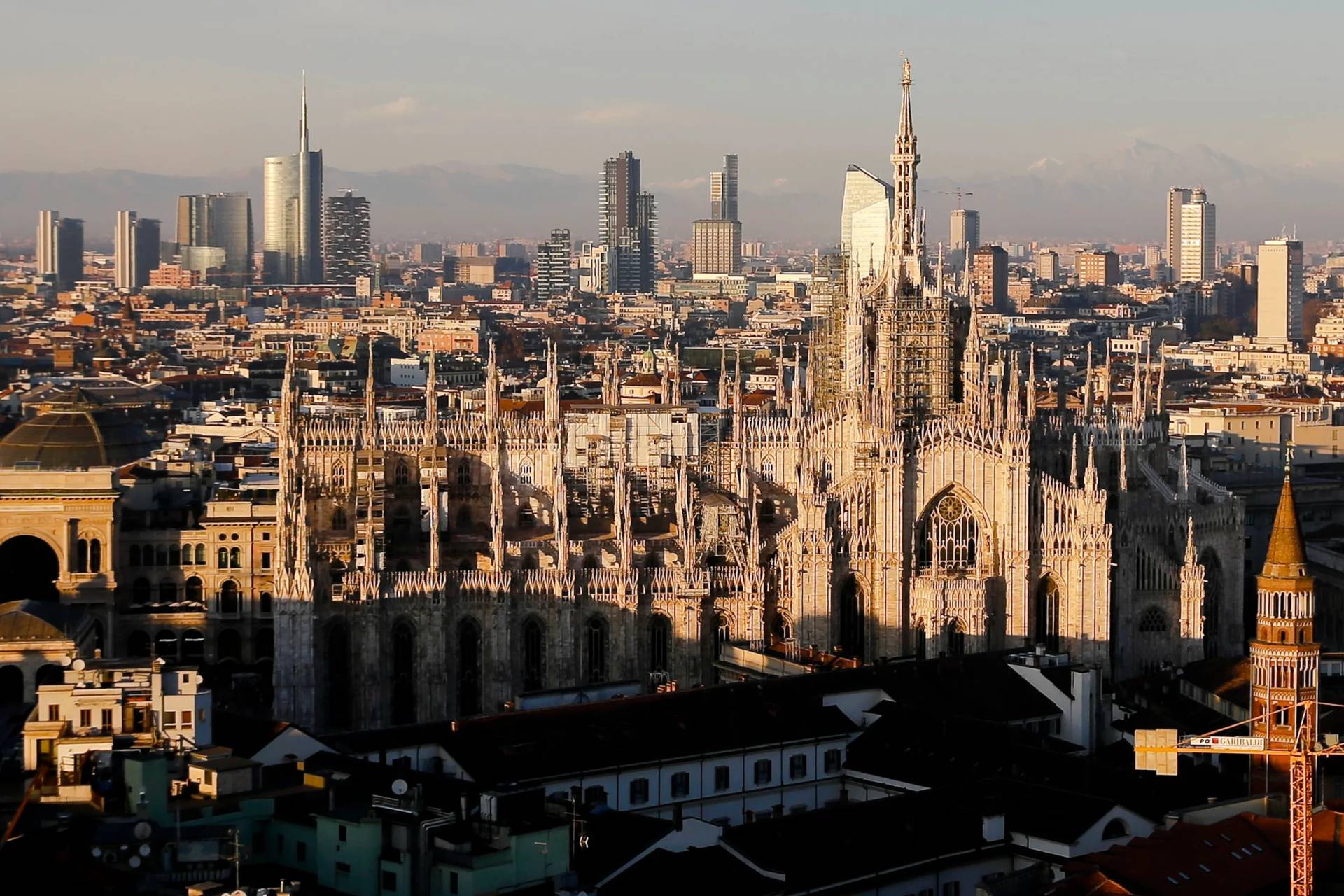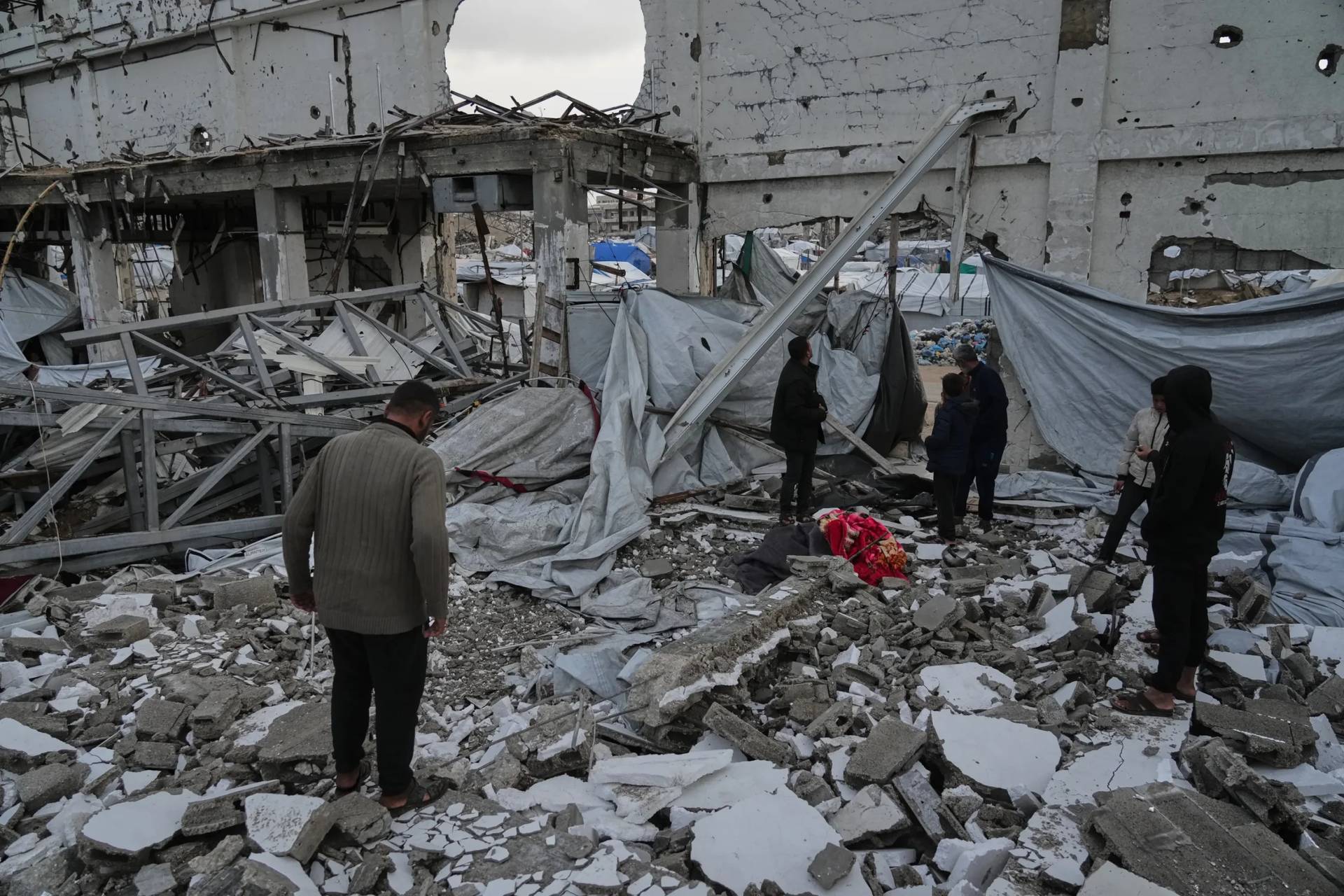NEW YORK – With the Diocese of San Diego facing around 400 lawsuits over alleged sexual abuse of minors by priests, religious and laity, stimulated by a 2019 California law that opened a three-year window for victims to sue without any age limits, Cardinal Robert McElroy has informed clergy and faithful that the diocese may have to file for bankruptcy.
McElroy announced the possibility in a recent letter. Part of the challenge, he noted, is $198 million San Diego paid to settle 144 claims of abuse back in 2007, which, McElroy said, “depleted” most of the diocese’s assets. Those claims resulted from an earlier lifting of California’s statute of limitations.
“Even with insurance, the diocese will not be able to pay out similar sums” to settle the current round of litigation, McElroy wrote in the letter.
“Bankruptcy would provide a pathway for ensuring that the assets of the diocese will be used equitably to compensate all victims of sexual abuse, while continuing the ministries of the church for faith formation, pastoral life, and outreach to the poor and marginalized,” McElroy said.
If the numbers with the present lawsuits are similar to those of 2007, the diocese’s payout to survivors could be in the neighborhood of $500-$600 million, which the diocese claims it doesn’t have. The 400 lawsuits stem from California legislation AB 218, which eliminated the statute of limitations for any claims of sexual abuse of a minor for three years, from Jan. 1, 2020 to Dec. 31, 2022.
Attorneys for the survivors plan to file a lawsuit next week that disputes the diocese’s assertion that it doesn’t have the assets to address the claims.
Irwin Zalkin, a senior partner at The Zalkin Law Firm, P.C., who represents a number of the survivors, told Crux that the lawsuit will challenge the diocese’s 2019 transfer of assets into real estate holdings for parishes, which he described as a preemptive measure to shield those assets from the potential payouts to victims.
Zalkin alleges the transferred assets are in the neighborhood of $600 million in tax-assessed value. For years, he said, dioceses have been accused of transferring assets to protect the assets and shortchange survivors.
“In that lawsuit we’re alleging that those transfers were fraudulent and were an attempt to avoid paying [the survivors], and we’re going to seek to unwind these transfers and whether that takes place in state court or in bankruptcy court, it’s going to be an issue,” Zalkin said.
Other factors in the diocese’s decision, according to McElroy, are the fact that filing for bankruptcy would provide a fund for future claimants of sexual abuse who have not filed a claim, and that the move would “provide a conclusion to the tide of lawsuits covering alleged abuse as long as 75 years ago.”
A further consideration and cause of concern for the diocese, and likely others in California, is a bill that has been introduced to the state legislation that would eliminate the statute of limitations entirely, which would leave the state’s dioceses forever vulnerable to lawsuits.
Zalkin said he was disappointed by McElroy’s letter because survivors weren’t told it was coming.
“It’s very, very distrusting for them because they don’t know what bankruptcy means,” Zalkin said. “The first thing that comes up in their minds is that they will be denied justice, that their case will be dismissed and that they won’t be given fair compensation.”
The 400-plus claims filed over the past three years date back to 1945. 70 percent of the claims fall between 1945 and 1975, the most recent claim is from 1996, and only four of the accused are still alive with none being in active ministry, according to the diocese.
In the letter, McElroy highlighted the fact that none of the claims have come this century.
“This reflects the reality that the church has taken enormous steps to root out the sexual abuse of minors in its life and to promote the protection of minors,” McElroy said. “Still, the diocese must face the staggering legal costs of responding to these new lawsuits.”
Kevin Eckery, director of external media and community relations for the Diocese of San Diego, told Crux that a decision on filing for bankruptcy isn’t likely until late May or early June. However, it was important for McElroy to make the announcement that the process was underway “to be as transparent as possible, because ultimately we have to do what we can for survivors.”
“If there’s too big a spread between what costs we’re facing, assets we have insurance, then we just have to look at what our options are and that’s how a lot of time will be spent over the next few months,” Eckery explained. “The challenge is to be as transparent and open as possible to determine what assets can be sold or transferred to help support the needs of survivors as they begin to rebuild their lives.”
The Diocese of San Diego is the second Californian diocese to announce potential bankruptcy plans as a result of the 2019 California statute of limitations being lifted. Bishop Robert Vasa of Santa Rosa announced in early December that the diocese’s attorneys would file for Chapter 11 bankruptcy before March 2023, saying the decision was “the inevitable result of an insurmountable number of claims.”
The diocese faces more than 130 claims dating from 1962 when the diocese was established, Vasa said.
McElroy emphasized the importance of dioceses making good on the harm that was caused.
“The sexual abuse of minors by priests and the way it was handled in the life of the church constitute the greatest sin of our church in the last century,” McElroy said. “We must and will continue to protect minors with ever deeper vigor, provide healing resources to those who have been abused, and use our diocesan assets to compensate those who were victimized.”
“We will never forget the harm that we have done,” McElroy said.
Follow John Lavenburg on Twitter: @johnlavenburg















